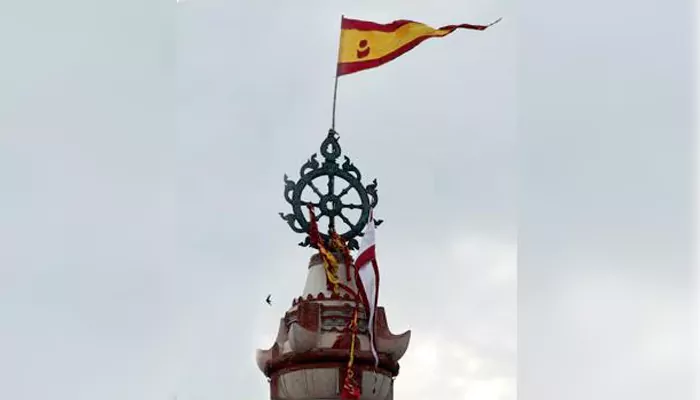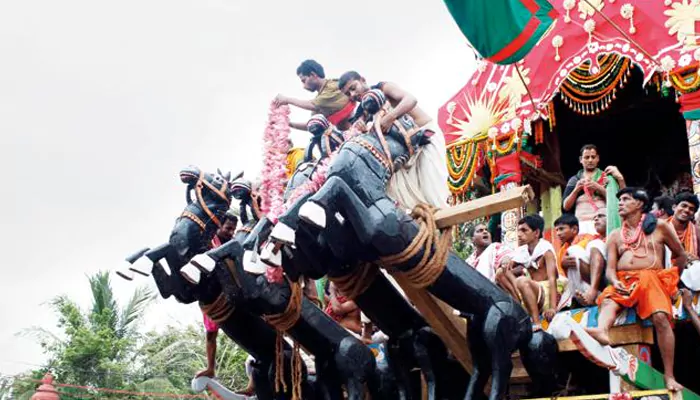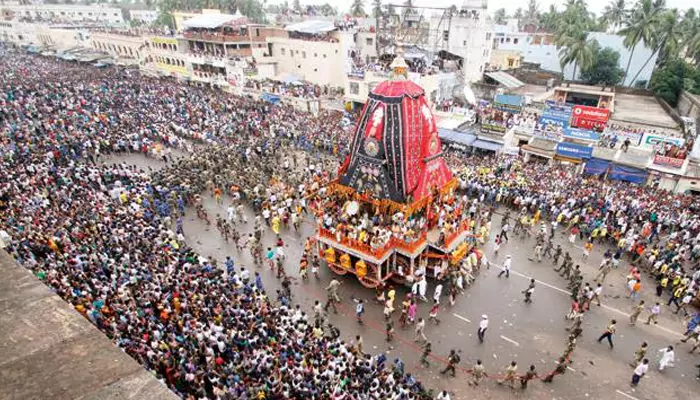
Where crashing waves, monsoon clouds, and ancient devotion perform a breathtaking dance on Odisha's sacred shore.
Picture this: the Bay of Bengal isn't just lapping at the shore anymore. It's roaring, churning, throwing itself at the golden sands of Puri with a wild energy. The air? Thick, warm, and heavy with the promise of rain. You can practically taste the salt. This isn't just any season in this ancient temple town; it’s monsoon time. And in Puri, the monsoon isn't just weather – it’s a dramatic backdrop to some of the most profound spiritual moments of the year.
Forget gentle summer breezes. When the southwest monsoon hits Odisha’s coast, usually around early June, Puri transforms. The sky turns a moody grey canvas. Rain doesn't just fall; it drumrolls onto the terracotta roofs and the wide temple courtyards. The wind whips off the ocean, carrying that distinct, briny monsoon scent – a mix of damp earth, seaweed, and pure, unadulterated power. Locals call the sea during this time "Baata Daria" – the sea that speaks. And speak it does! The waves, often several meters high, crash with a thunder that echoes the temple drums. It’s raw, it’s powerful, and honestly, it’s utterly mesmerizing. Walking the beach (safely, of course!) during this time feels like standing on the edge of the world.
But here’s where Puri’s magic really kicks in. Amidst this dramatic spectacle, something special often happens. It’s called the Megha phenomenon. Imagine this: dark monsoon clouds swirling above, rain lashing down, the sea roaring... and then, suddenly, a shaft of brilliant sunlight pierces through. It illuminates the towering spire of the Jagannath Temple, specifically the flag (the Nila Chakra or the Patita Pabana Bana). This shaft of light, hitting the temple pinnacle while the surroundings remain shrouded in stormy gloom, is known as Megha.

It’s not just a cool weather event for the people of Puri. Oh no. It’s seen as a divine signal, a celestial nod. Tradition holds that this radiant light signifies the gods' acceptance of prayers, their pleasure with the rituals performed below. Spotting the Megha is considered incredibly auspicious, a moment where heaven seems to literally touch the sacred abode of Lord Jagannath.
Now, why is this monsoon fervor so spiritually charged in Puri? It’s deeply intertwined with the grand spectacle of the Jagannath Rath Yatra. But hold on, the main chariot festival usually happens around June/July (in 2025, it's scheduled for July 7th). The monsoon connection starts earlier.

Enter the Chandan Yatra, the Sandalwood Paste Festival. This is a 42-day festival starting from Akshaya Tritiya (usually late April/early May). For the first 21 days, the representative images of the deities (Jagannath, Balabhadra, Subhadra, and Sudarshan) are taken in beautifully decorated boats to the Narendra Pokhari (tank) within the temple complex. Here, amidst chanting and rituals, they are ceremonially bathed with sandalwood paste-infused water to cool them from the rising summer heat.
But the real connection to the roaring sea happens in the second 21-day phase, called the Bahara Chandana or Bahar Chandan. During this period, the deities are taken in those same ornate boats, not just to the tank, but down to the sea at Swargadwar. Imagine the scene: the massive, decorated boats, the chanting priests, the fervent crowds, all converging on the wild, monsoon-churned shore. Ritual water is drawn from the sea to mix with the sandalwood paste for the deities' bath. It’s a direct communion between the gods and the mighty, tempestuous Bay of Bengal at its most powerful.

This journey to the sea during the Bahara Chandan is profound. It’s as if the deities themselves are acknowledging the sea's power, seeking its blessings, and participating in the raw energy of the season. And the sea? Well, crashing against the shore as the rituals unfold, it feels like the ocean itself is saluting its divine guests. The roaring waves become part of the puja, the salty spray a form of holy water. It’s a powerful visual metaphor – the untamed force of nature paying homage to the divine.
So, Puri’s monsoon isn't just about getting soaked. It’s a season woven deep into the town’s spiritual DNA. The dramatic arrival of the rains, the awe-inspiring Megha phenomenon, and the crucial Chandan Yatra rituals by the churning sea – they all build towards the crescendo of the Rath Yatra. They remind you that in Puri, nature isn't separate from the divine; it’s a participant, a witness, and sometimes, even a celestial messenger.
The monsoon is the time when the sea truly does seem to raise its voice, not just in fury, but in a grand, watery salute to Lord Jagannath. It’s a spectacle of faith meeting the elements, leaving you humbled and utterly amazed. If you ever get the chance to experience it, hold onto your hat (and your heart) – it’s unforgettable.